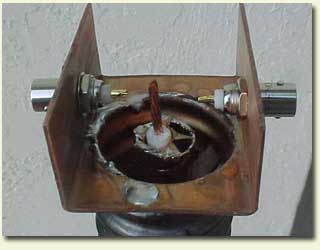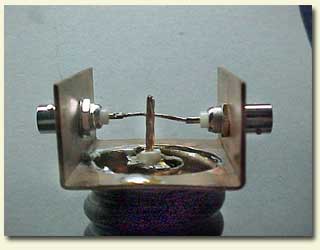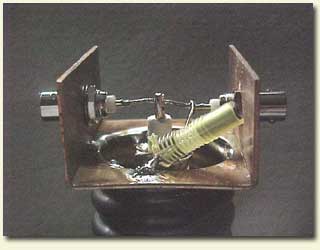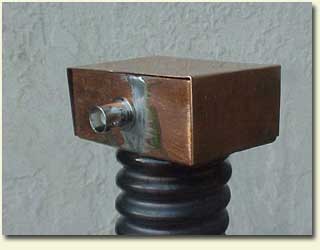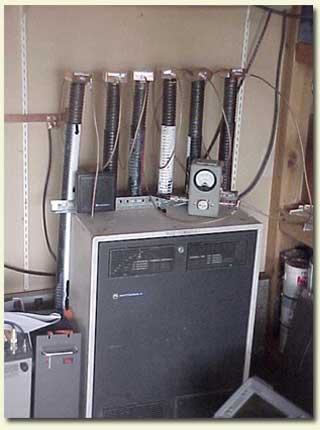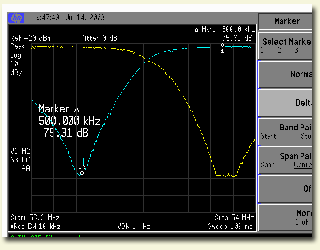 |
|
Second Generation 6 Meter Duplexer
|
Now to build oneFor the recieve leg, you want to notch the transmit frequency and for the transmit leg, you want to notch the recieve frequency. Lets begin by building the stubs. First, we need to cut the Heliax to the proper length for the given frequency. For the recieve leg, you want to notch the transmit frequency.Here is a calculator to figure the end to end length of the stub.
Here is a calculator to figure the end to end length of the interconnecting cables.
|
Interconnecting Cable Calculations |
A few words about the radio. I am using a GE Master 2 Mobile that was duplexed that has a 100 Watt PA. I have tuned the PA to make aprox 40Watts, this keeps the PA cool and reduces the transmitter noise commonly seen with under driving the PA. The controller is an NHRC/4 controller that plugs directly into the radio with little or no modification. I am willing to give advice and encouragement to anyone who may be trying to build one. Please send me an E-Mail and I will gladly help however I can. I am hoping that this web page will inspire other Hams to build one, innovate and improve on the original design as well as put more open repeaters on the 6-meter band. |
73s
Oscar Quintanilla
KF6YB 8/15/03
